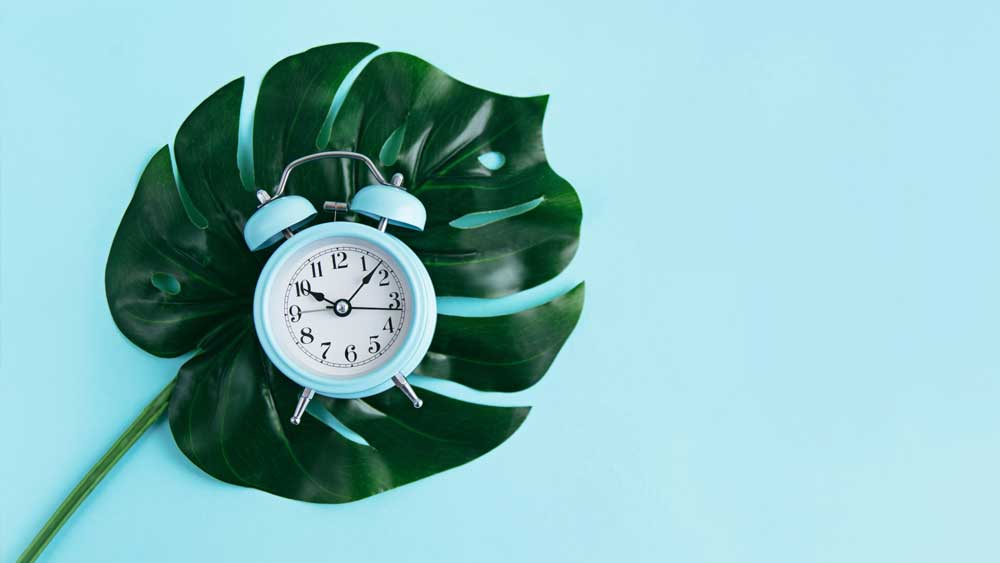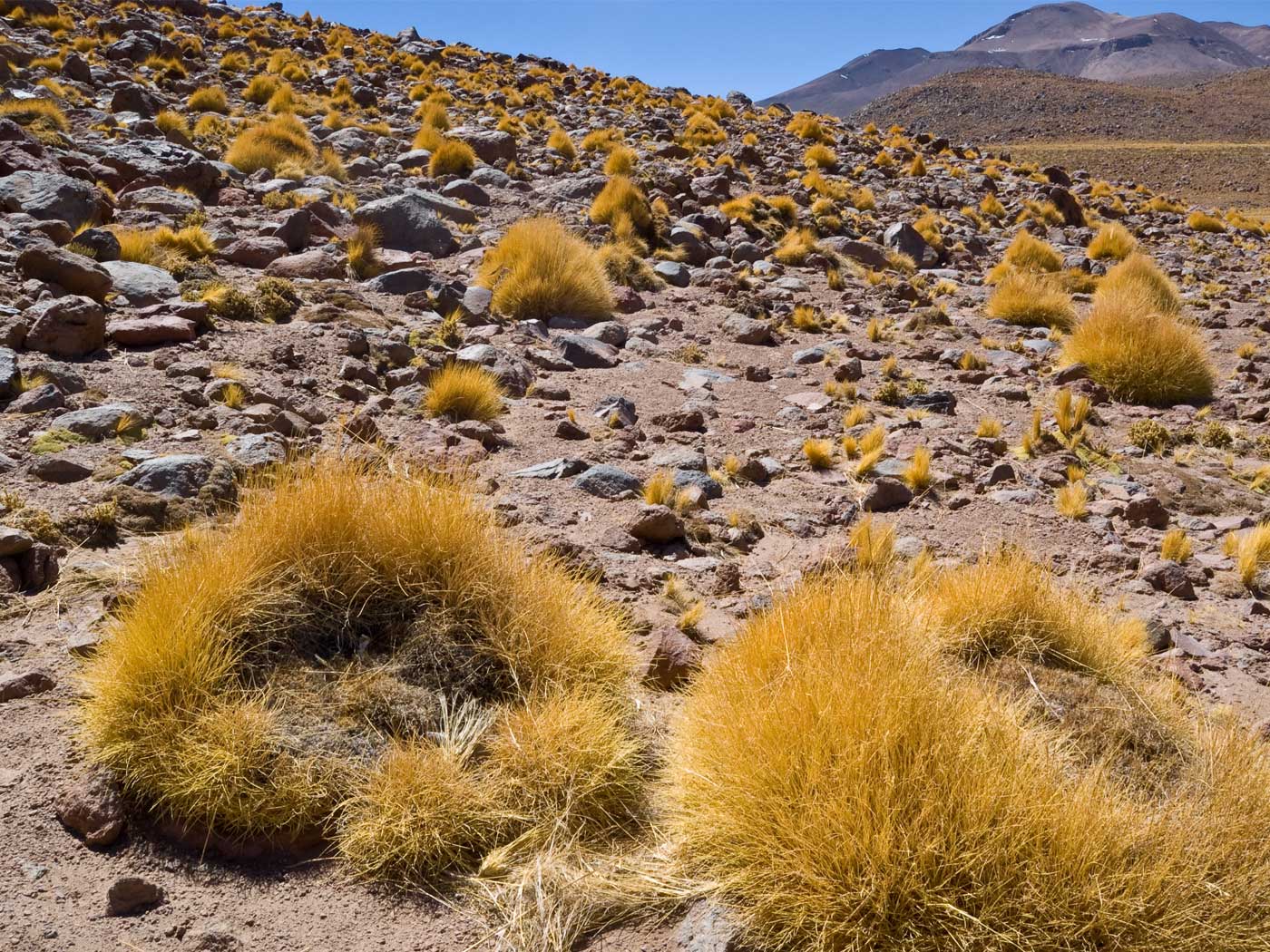Biological systems that allow organisms to function, grow, and adapt bear the hallmarks of being exquisitely engineered. These complex systems exhibit the same design principles that human engineers use to create successful machines and devices. Now, a new study has just been published that reveals part of the amazing internal signaling and communication scheme that plants use to synchronize their circadian clocks between shoots and roots.1
Circadian clocks are internal systems in both plants and animals that sync the organism’s internal processes to the 24-hour day-night solar cycle.2-3 Only five years ago, scientists made the startling discovery that the circadian clocks in the above ground part of a plant, called the shoot, functions similarly to clocks in mammal brains.4 Because different clocks exist in different parts of an animal’s body, it is important that they all be properly synchronized. In mammals, this coordination is accomplished through complex neuronal and endocrine (hormonal) pathways.5 But how plants accomplished this feat remained a mystery.
In this new study, researchers were finally able to isolate a specific messenger molecule that could travel between the shoot to the root that had an influence on circadian rhythms. The signaling molecule was found to be a small essential clock protein called ELF4. This protein was previously known to be in involved in controlling time of flowering. Furthermore, by using a number of clever experiments, the researchers also discovered that the movement of ELF4 throughout the plants is sensitive to temperature.
For years, researchers had been looking at many other molecules that move from shoot to root, such as plant hormones and the products of photosynthesis but with little resolution to the clock syncing issue. As it turns out, the ELF4 protein was already known to be a key component of the peripheral clock systems in the shoot, but scientists never suspected that it was also a signaling molecule across the entire plant.
Although the discovery of ELF4 moving from shoots to roots to help regulate circadian rhythms is important, there is clearly much more to be discovered. This is only one piece of a much larger and more complex system. The movement of this protein does not provide all the necessary information for regulating the clock system, but is an important part of establishing the shoot-to-root dialogue that controls the pace of the clock in roots.
Just as human engineered systems need sophisticated methods of communication between all of their individual parts (such a network of computers or the different components in a car) so do living systems. In fact, the internal signaling and communication systems being discovered in plants and animals are proving to be much more complex than man-made systems, but still employ the same basic successful and resilient design and engineering principles. This clearly seen design points directly to an omnipotent Creator who masterfully constructed them all.
References
1. Chen, W. W. et al. 2020. A mobile ELF4 delivers circadian temperature information from shoots to roots. Nature Plants. 6: 416–426.
2. Tomkins, J. P. 2016. Circadian Clocks, Genes, and Rhythm. Acts & Facts. 45 (7).
3. Tomkins, J. P. 2018. A Time for Everything—Your Body’s Internal Clock. Answers Magazine. Posted on answersingenesis.org August 25, 2018, accessed April 13, 2020.
4. Takahashi, N., Y. Hirata, K. Aihara, P. Mas. 2015. A hierarchical multi-oscillator network orchestrates the Arabidopsis circadian system. Cell. 163: 148–159.
5. Husse, J., G. Eichele, H. Oster. 2015. Synchronization of the mammalian circadian timing system: Light can control peripheral clocks independently of the SCN clock: alternate routes of entrainment optimize the alignment of the body's circadian clock network with external time. BioEssays: News and Reviews in Molecular, Cellular and Developmental Biology. 37(10):1119–1128.
*Dr. Tomkins is Life Sciences Director at the Institute for Creation Research and earned his doctorate in genetics from Clemson University.

Clock Synchronization in Plants Shows Divine Engineering
The Latest
Photosynthetic Proteins Power Plants
Some scientists think the photosynthetic process is all but figured out since the discovery of more details regarding the place, assembly, and function...
CREATION PODCAST
Uncovering the Secrets of Earth's Oceans | The Creation Podcast:...
The oceans cover most of our planet's surface. Uniformitarians claim the oceans are nearly 4 billion years old, but the evidence says otherwise.
Host...
A Giant Ichthyosaur: Largest Ever Marine Reptile?
Paleontologists have discovered portions of a giant ichthyosaur’s lower jawbone on Blue Anchor Beach at the southern entrance to the United Kingdom’s...
New Titanosaur Species Discovered in Uruguay and Argentina
The pre-Flood world had some truly massive dinosaurs, and the largest of them were in the group Sauropodomorpha.1 Within this group were...
May 2024 ICR Wallpaper
"Have I not commanded you? Be strong and of good courage; do not be afraid, nor be dismayed, for the LORD your God is with you wherever you...
Was a Key to Photosynthesis Evolution Discovered?
Northern Canadian lakes were the source of recently discovered unique photosynthetic bacteria of the phylum Chloroflexota. After years of culturing,...
CREATION PODCAST
Four Moons That Indicate a Young Universe | The Creation Podcast:...
Earth has one moon, but Jupiter has many! What can we learn from our celestial neighbor's satellites? Do they indicate youth?
Host...
Creation Kids: Seeds and Sprouts
by Renée Dusseau and Susan Windsor*
You're never too young to be a creation scientist and explore our Creator's world. Kids, discover...
APOLOGETICS
Christ’s Creativity in Canyon Critters
Grand Canyon animals display many marvelous traits and behaviors as they live life in that harsh habitat. These canyon creatures succeed thanks to the...
























